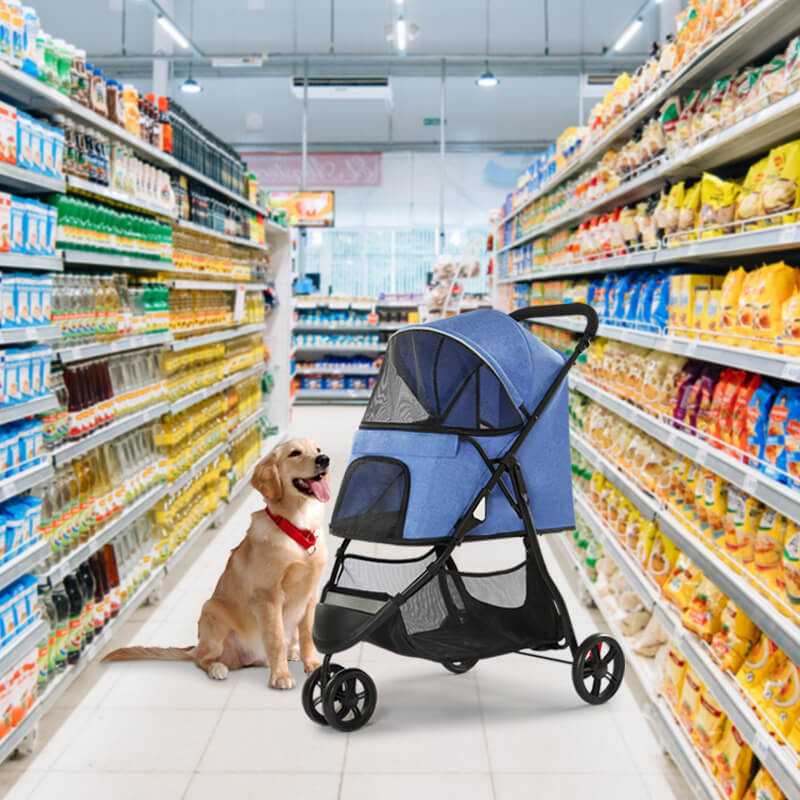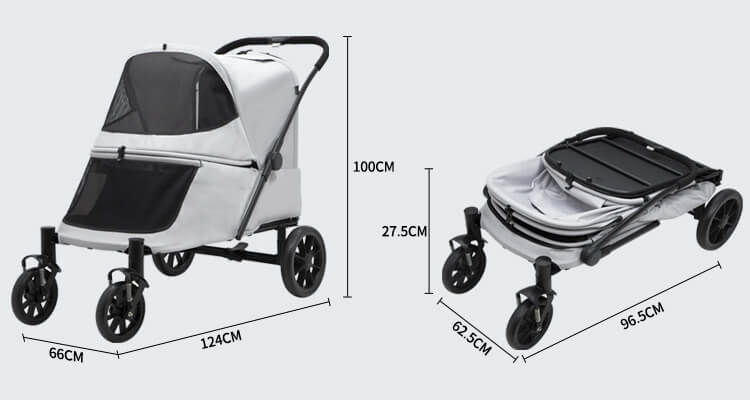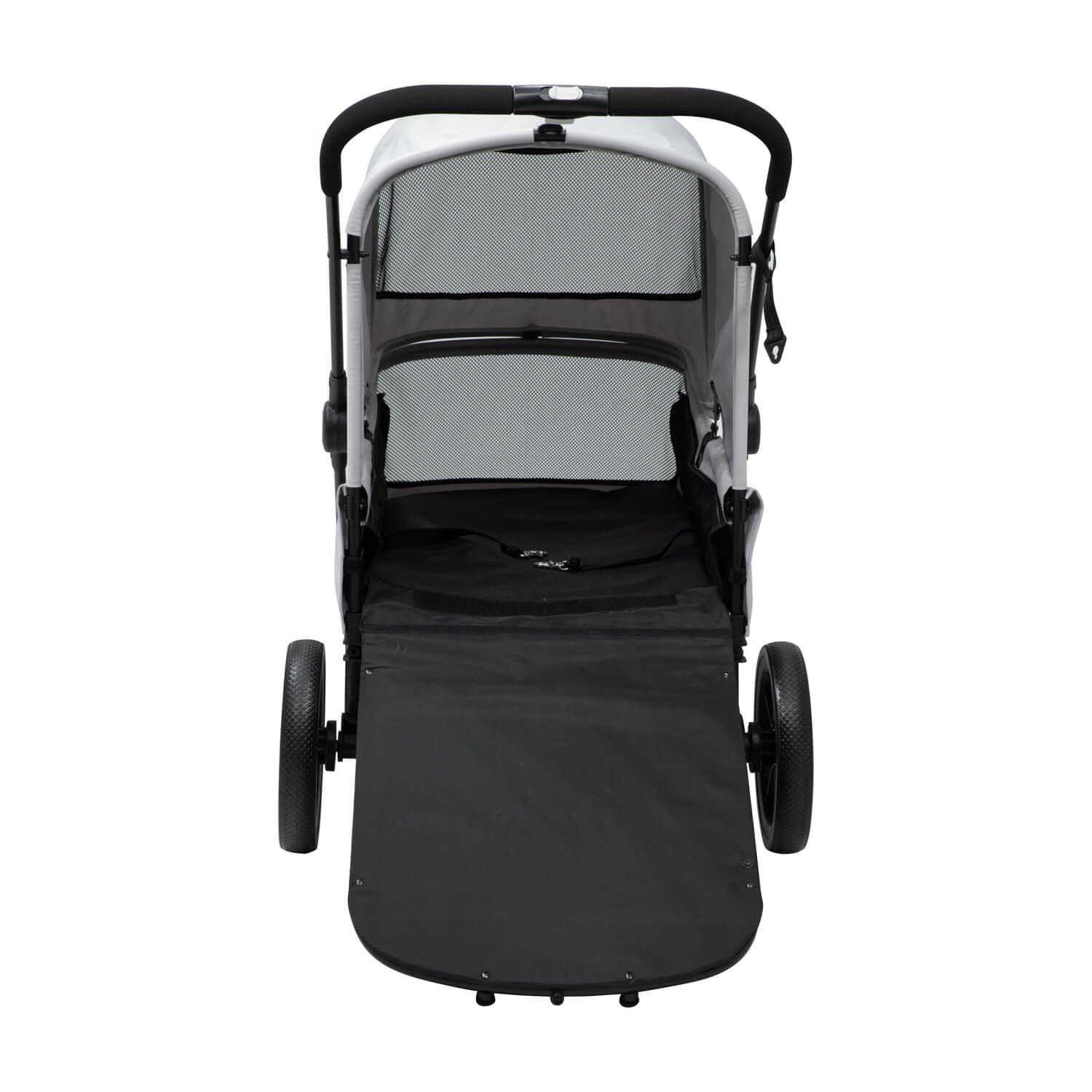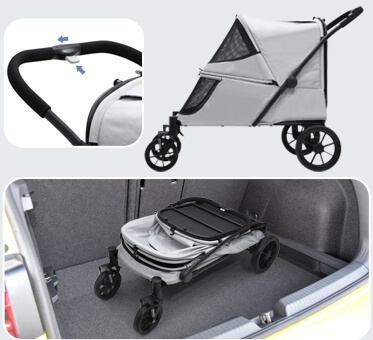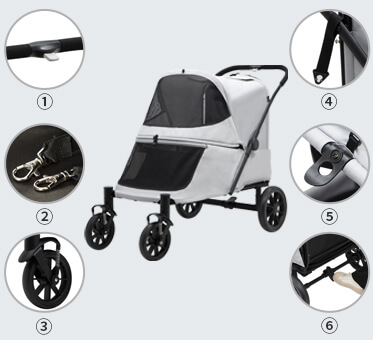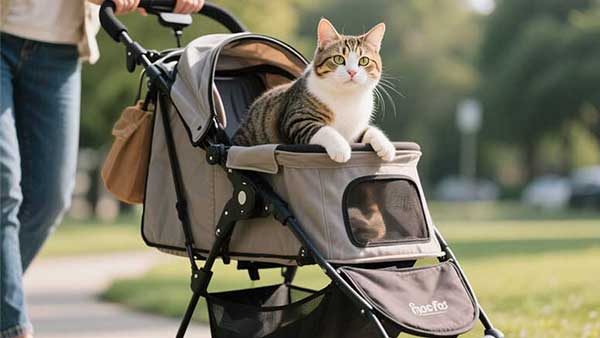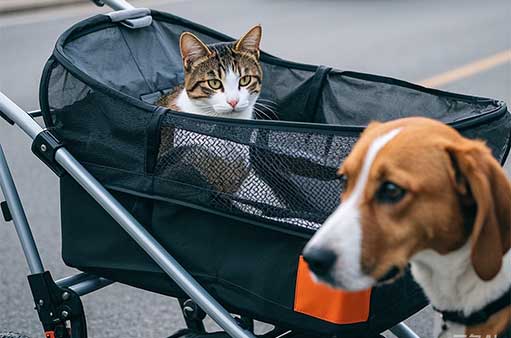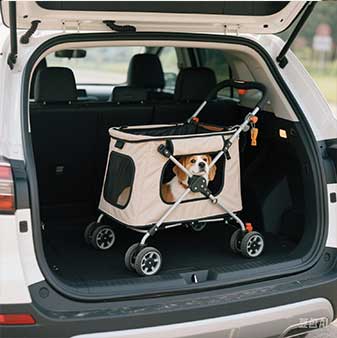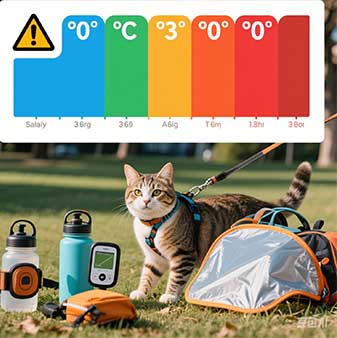Whether you are a professional rider or an occasional cycling enthusiast, choosing the right bicycle helmet is essential. A high-quality helmet not only provides the necessary protection but also enhances the comfort and safety of your ride. When choosing a helmet, there are several key factors to consider: comfort, design, and features that match your cycling style.
Helmet Comfort and Fit
When selecting a helmet, ensuring its comfort is the first priority. A properly fitting bicycle helmet can significantly improve your riding experience and ensure effective head protection in case of a collision. To find the right helmet, you need to measure your head circumference and choose a size that matches.
Helmet sizes are typically divided into XS, S, M, L, and XL, with specific size ranges varying by brand. Therefore, always check the fitting guidelines for each brand when purchasing.
Additionally, opting for an Adjustable Bicycle Sports Helmet ensures the best fit. Many helmets are equipped with an adjustable dial or internal padding that allows users to make adjustments for a secure and comfortable fit.
Choose a Helmet That Matches Your Riding Style
It is crucial to select a helmet that suits your specific cycling type. Bicycle helmets can generally be divided into three types:
Casual Helmets: Ideal for everyday riding, affordable, and offer basic impact protection.
Road Helmets: Designed to be lightweight, well-ventilated, and aerodynamic, perfect for long rides on the road.
Mountain Helmets: Provide better rear head protection, suitable for off-road riding, usually with more ventilation and higher impact resistance.
For those seeking optimal comfort and performance, consider some high-end custom options, such as the ODM Bicycle Carbon Helmet. These helmets are not only lightweight but also offer exceptional impact resistance, making them an ideal choice for professional riders who demand top-tier performance.
Professional Features and Technologies
With advancements in technology, modern bicycle helmets are increasingly focused on improving both safety and comfort. For example, many helmets now feature Multi-directional Impact Protection System (MIPS) or WaveCel technology, which effectively reduces rotational forces during a collision, lowering the risk of head injury.
In addition, adjustable bicycle sports helmets offer more options in terms of comfort and safety. The adjustable design ensures that you can modify the fit of the helmet to improve stability while riding. For professional cyclists who ride frequently, these features are essential.
Additional Helmet Features
Beyond basic safety, you can choose helmets with additional features based on your needs, such as:
Ventilation System: More ventilation holes help keep your head cool, ideal for long rides.
Visor: Common on mountain bike helmets, helps block the sun and protects your eyes.
Full-Face Protection: Some mountain bike helmets come with full-face protection, especially suitable for downhill riding or racing.
Mounting Compatibility: Some helmets are designed to accommodate sports cameras or lights, often featuring compatible mounting brackets.
Helmet Maintenance and Replacement
Maintaining your helmet in good condition is crucial for its effectiveness. Avoid using chemical solvents to clean your helmet; instead, use a soft cloth or sponge with mild soap and water. Removable liners can be washed regularly to maintain cleanliness.
Even if the helmet appears undamaged, it should be replaced regularly. Bicycle helmets are designed to absorb a single impact, so if you are involved in an accident, the helmet should be replaced immediately. Additionally, even without an accident, exposure to UV rays, weathering, and other factors may degrade the helmet's protective qualities. It is recommended to replace your helmet every five years.
Why Choose Us?
If you're looking for Comfortable Bicycle Helmet Wholesale, we offer a wide range of styles and customization services to meet the needs of different riders. Our helmets not only comply with the latest safety standards but also feature advanced designs and adjustable functions to ensure every rider finds the perfect fit.
...









